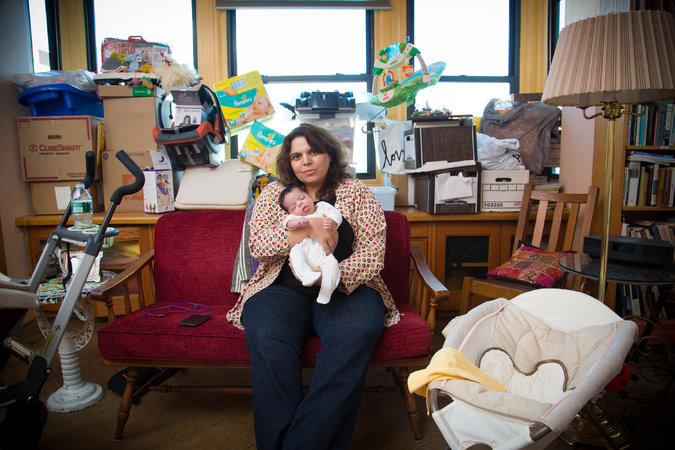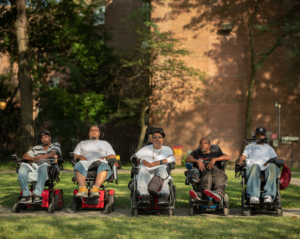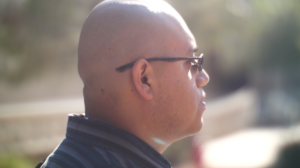
Film summary
Introduction
This guide is an invitation to dialogue, reflection, and collective care. It is based on a belief in the power of human connection and designed for people who want to use Love & Stuff to engage family friends, classmates, colleagues, and communities. Conversations that center grief, loss, and identity can be difficult to begin and facilitate, but this guide is meant to support you in sustaining transformative discussion. This document envisions conversations undertaken in a spirit of openness in which people listen actively and share with care and respect. We hope it will inspire people with varying degrees of knowledge about these topics to enter the conversation and to stay in the conversation even if it gets uncomfortable or a little scary. If uncomfortable feelings do arise, try to notice them and see if you can accept them without trying to change or control them; the feelings might be a sign that change is happening—in real time.
Filmmaker Judith Helfand wants to use her experience as a cautionary tale: “I couldn’t bring myself to go through my mom’s stuff when she was alive. It was only afterward that I realized how much fun we could have had, if I’d just listened to her and gone through all her stuff with her! I found her wedding invite list, the packing list from her honeymoon, photos of her favorite tantes (Yiddish for aunts), her mother’s favorite cooking utensils. We actually could have had a great time. It would have been fun. I just know it. It would have generated stories—practical, spiritual, and grounded in family lore and my mother’s uncanny wisdom, wit, and language. We could have organized the stuff by theme, era, her side of the family, my dad’s side of the family, secrets, gifts from my father she loved or loathed but never told him, and all her unspoken cooking tricks that I never stopped to learn—using the pots and pans I would inevitably keep.”
We’ve intentionally crafted the discussion prompts to help a wide range of audiences think more deeply about the topics in the film. Rather than attempting to address them all, we encourage you—as a facilitator, family, peer group, or professional—to choose one or two that best meet your needs and interests. And please be sure to leave time to consider taking action. Even in instances when conversations are difficult or uncomfortable, planning next steps can help people leave the room feeling energized, optimistic, and willing to take emotional risks.
About the Author
Discussion Guide Author, Mary Terrier
Mary Terrier is a writer from Austin, Texas. Her fiction has appeared in The Paris Review, Kenyon Review, Pleiades, and elsewhere. Her stories are concerned with loss, the ongoing relationships the living have with the dead, and the experience of inhabiting a body while grieving. She’s taught creative writing at Johns Hopkins, the University of Wisconsin—Madison, and the Library Foundation in Austin.
Discussion Guide Producer, POV
Courtney Cook, PhD || Education Manager
Thanks to those who reviewed and contributed to this resource:
Javier Rivera DeBruin
Lily Donnell
Judith Helfand, filmmaker
Melanie Levav
Natalie Danford, copyeditor
 Murders That Matter Delve Deeper
Murders That Matter Delve Deeper  Fire Through Dry Grass Discussion Guide
Fire Through Dry Grass Discussion Guide  unseen
unseen  He’s My Brother
He’s My Brother